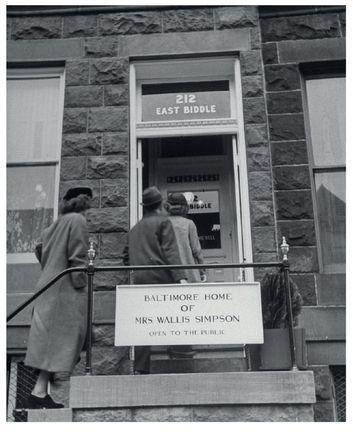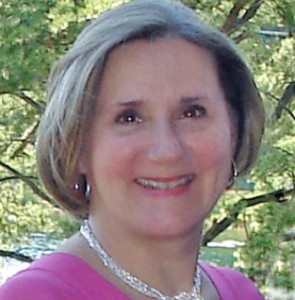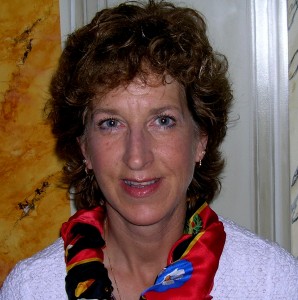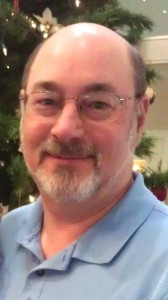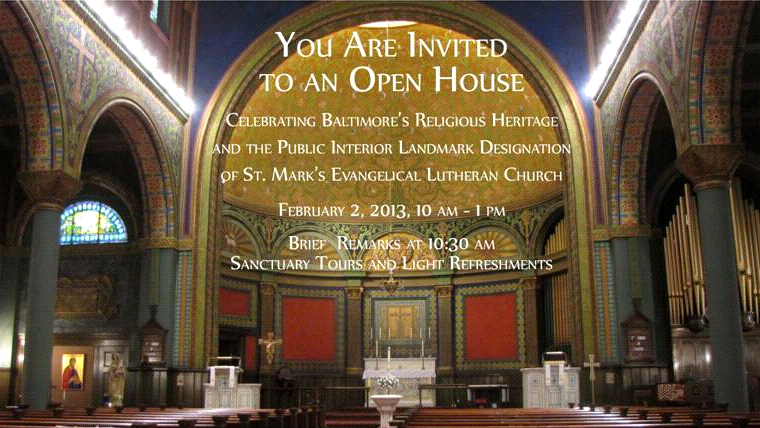Thanks to a grant from UMBC’s BreakingGround initiative this past fall, Baltimore Heritage enjoyed a unique opportunity to work closely with UMBC Professor Dr. Denise Meringolo and nine UMBC students in a graduate-level public history course. The students worked with us to develop short video documentaries on the stories of Baltimore’s historic landmarks for our new website and smartphone application, Explore Baltimore Heritage. The student videos — produced with support from the UMBC New Media Studio — share images and vignettes from the history of grave-robbing at Davidge Hall, the ignominious demise of Edgar Allen Poe and his burial at the Westminster Burying Ground, and the complicated past of urban renewal at Baltimore’s First Mariner Arena.
When we first started working with Dr. Meringolo and her public history students in spring semester of 2012, we developed a project that allowed students to build on on our existing research and tell new stories about historic places like the Baltimore Bargain House or Hutzler’s Department Store with writing and archival photographs. When Dr. Meringolo offered us the opportunity to continue working with her students into the fall, we settled on an ambitious goal: use the wealth of historic photos from local archives to tell stories with short videos. Fortunately, several of the students from the spring semester collaboration decided to continue with the second course and brought valuable expertise on the history of downtown Baltimore to this new challenge.
It has been exciting observe how the students have gained a new perspective on the role of public history in the often political and messy debates around economic development and preservation in an urban downtown. For Baltimore Heritage, the partnership has greatly extended the capacity of our small two-person non-profit and enabled us to expand the featured buildings on Downtown’s West Side.
Please enjoy these great videos on YouTube, check out Explore Baltimore Heritage online, or download the iPhone or Android application today!
This post originally appeared on the BreakingGround blog.

